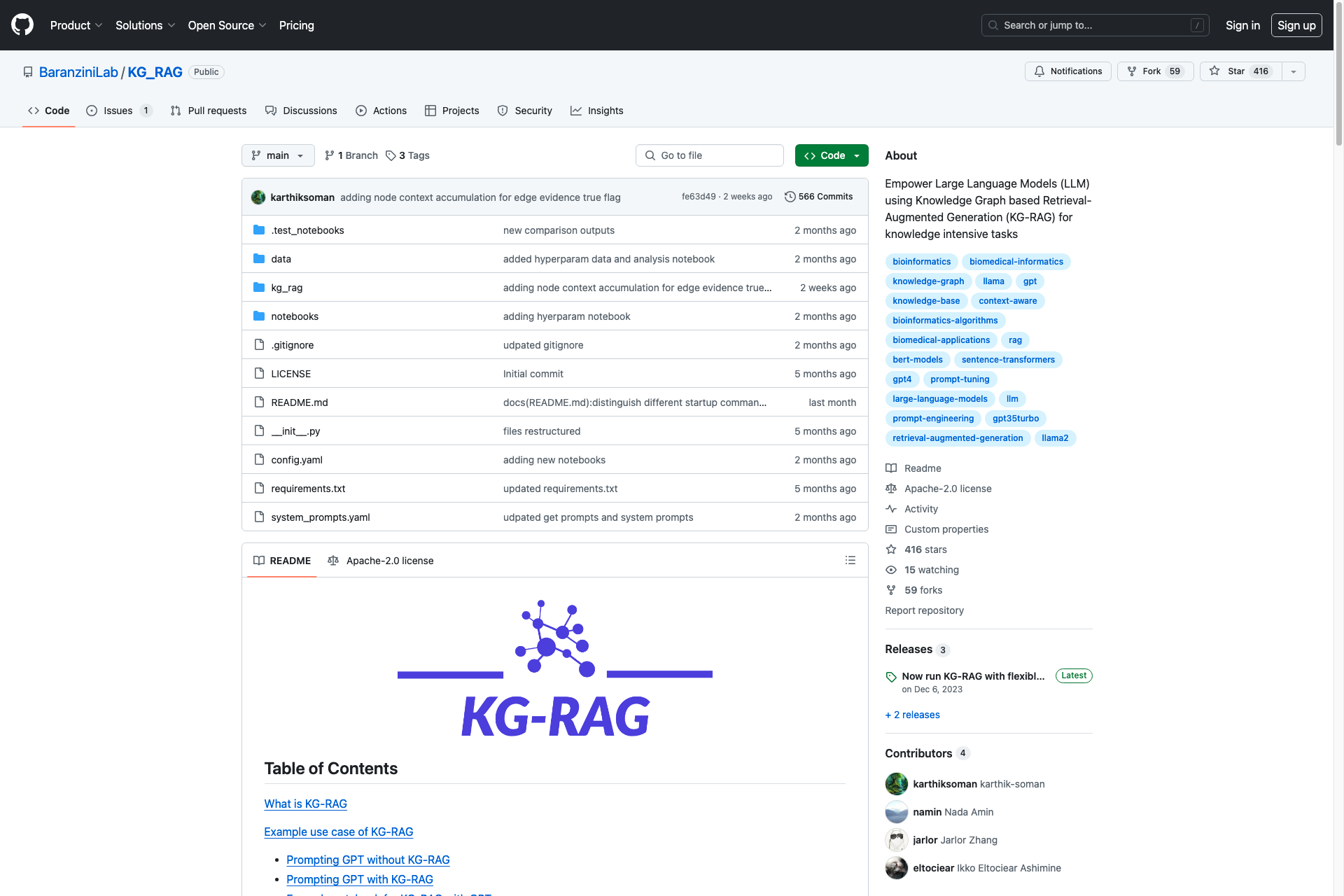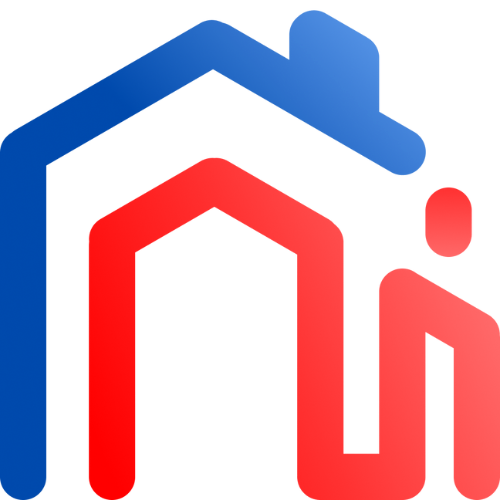KG-RAG
Unleash the power of KG-RAG! 🚀 A fusion of Knowledge Graph & Large Language Model for robust biomedical text generation 🧬. KG-RAG achieved a 71% boost for Llama2 and enhanced GPT models on biomedical datasets!

Related Products about KG-RAG

AvatarDP is AI based social media avatar generation plateform, Our avatar generator allows you to create custom Avatars for your various online profiles.

Our mission is to unleash infinite creative possibilities to the world. We believe everyone has a story worth hearing. Join us on this endless digital stage, where your words leap into vivid visuals, and your stories never end.

Introducing Propertify Ai! Revolutionize property design and marketing with our cutting-edge virtual staging technology. Add furniture and decor to listings digitally in seconds, creating stunning visuals that captivate clients. Increase property appeal.

HyperNews is a solution powered by Artificial Intelligence to support news readers to classify news and prevent Fake News.

Gensbot revolutionizes personalized shopping with AI-powered personalized designs. Customers can easily prompt, pick, and checkout to get unique merchandise produced locally.

YTSummarizer.io is the simplest way to digest any YouTube content using AI for completely free. Use it to create some top quality summarizations and chat responses now. What makes it unique is its lightweight build that just gets the job done right.

AI Interior Designer for your home, office, or any space. Restyle it with AI. Upload a photo of your room and get a design in minutes.
